roadside optics: crafting an image of the solar eclipse
Published:
A captivating spectacle of a solar eclipse, a celestial ballet where the moon pirouettes across the sun, is a sight to behold. The direct observation of this astronomical event can be a hazardous endeavor without the right protective gear. The sun, even when partially obscured, emits intense ultraviolet light that can cause serious damage to the eyes. Lucky for us, for the principles of physics and optics provide ingenious solutions to safely observe this celestial spectacle.

Firstly, let’s consider the humble coffee cup. By making a small hole in the lid, we create a rudimentary pinhole camera. The light from the sun, filtered through this tiny aperture, projects an inverted image onto the base of the cup. However, the reflective nature of the cup’s interior can distort the image, so a piece of paper can be used to create a more suitable viewing screen. The downside of this setup is that the image produced is quite small, due to the short distance between the pinhole and the screen.
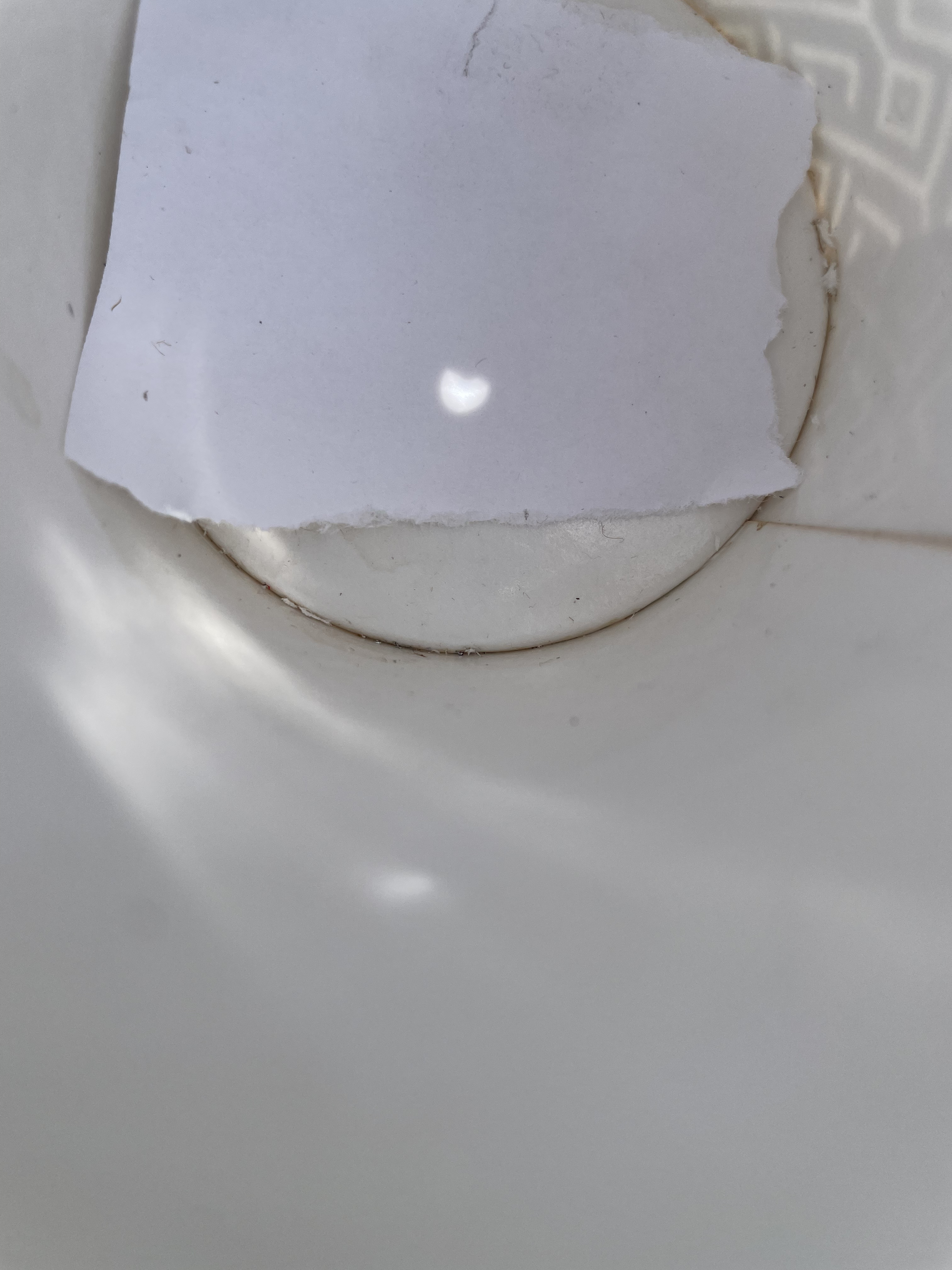
Next, we turn to an Altoids container. This setup offers an improvement over the coffee cup, as it allows for a greater distance between the pinhole and the screen, resulting in a larger image. The container’s opaque nature also helps to block out extraneous light, improving the contrast of the image. This setup provides a wonderful demonstration of the principle of the camera obscura, a device that has been used by artists and astronomers for centuries.
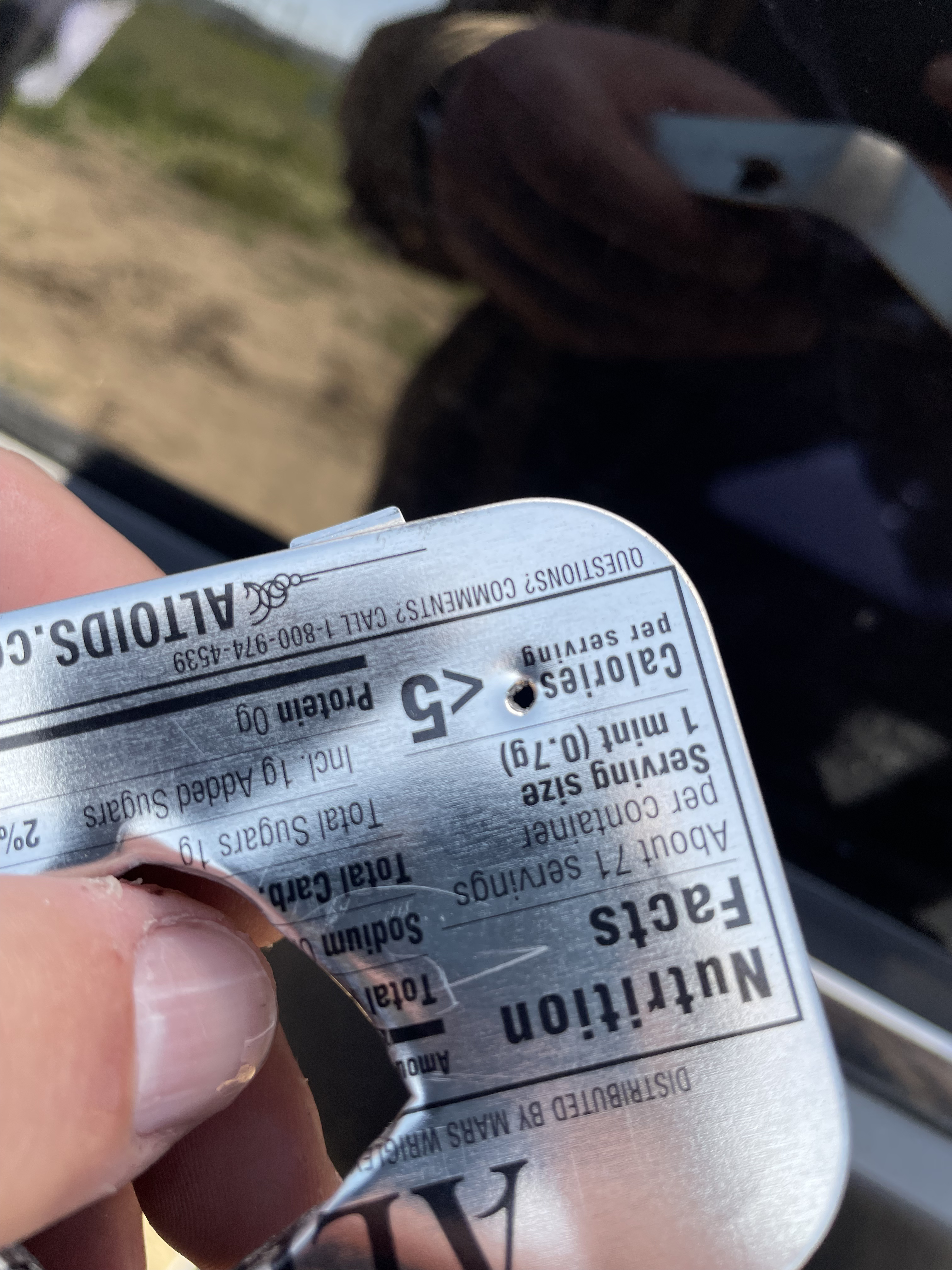

Moving on, we experiment with a food container, creating two adjacent holes of different sizes. This setup offers an intriguing comparison, as the larger hole produces a brighter image, while the smaller hole yields a more resolved image. This is due to the principle of diffraction, where light waves spread out after passing through a small aperture, causing a loss of sharpness.
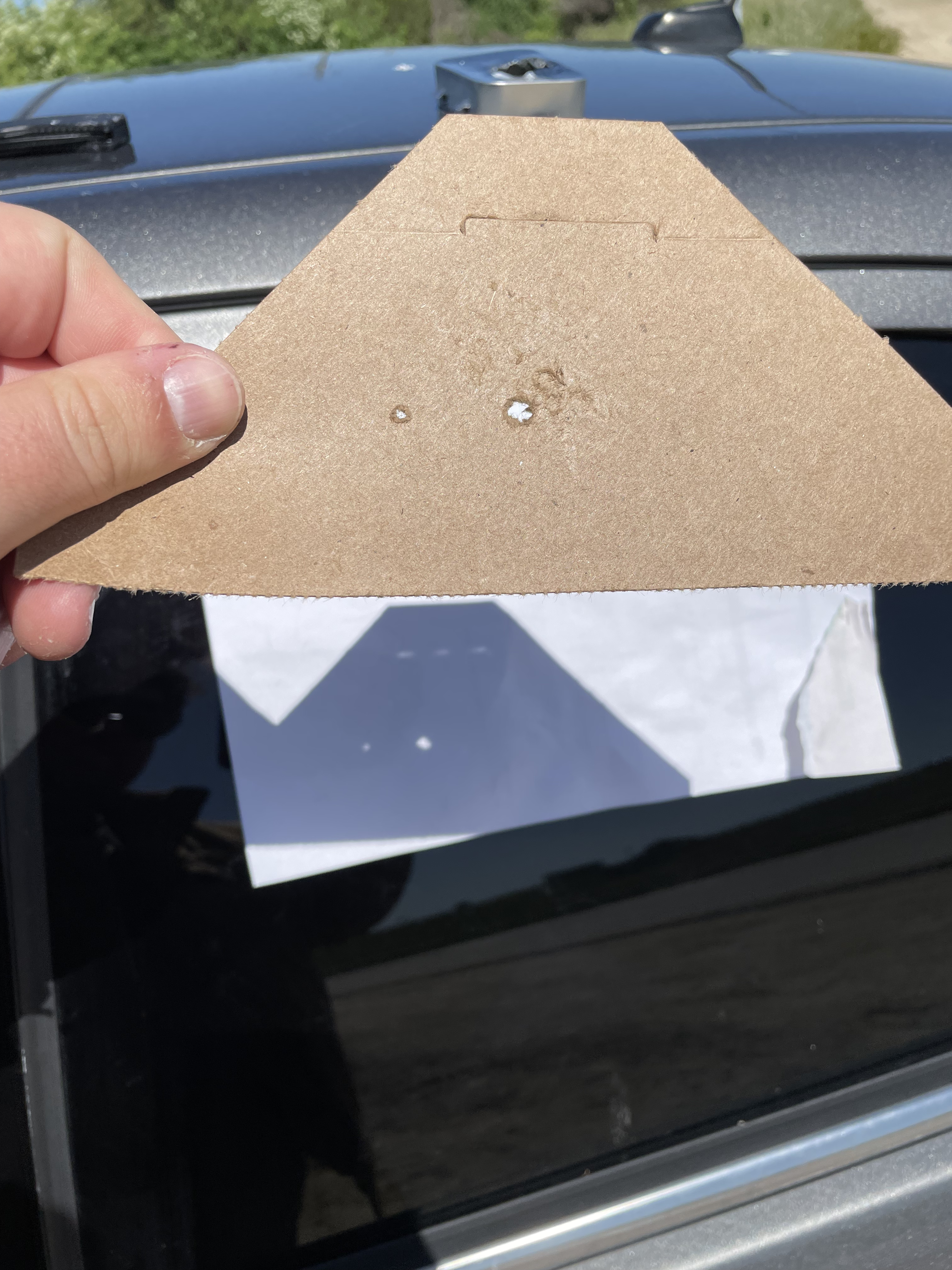
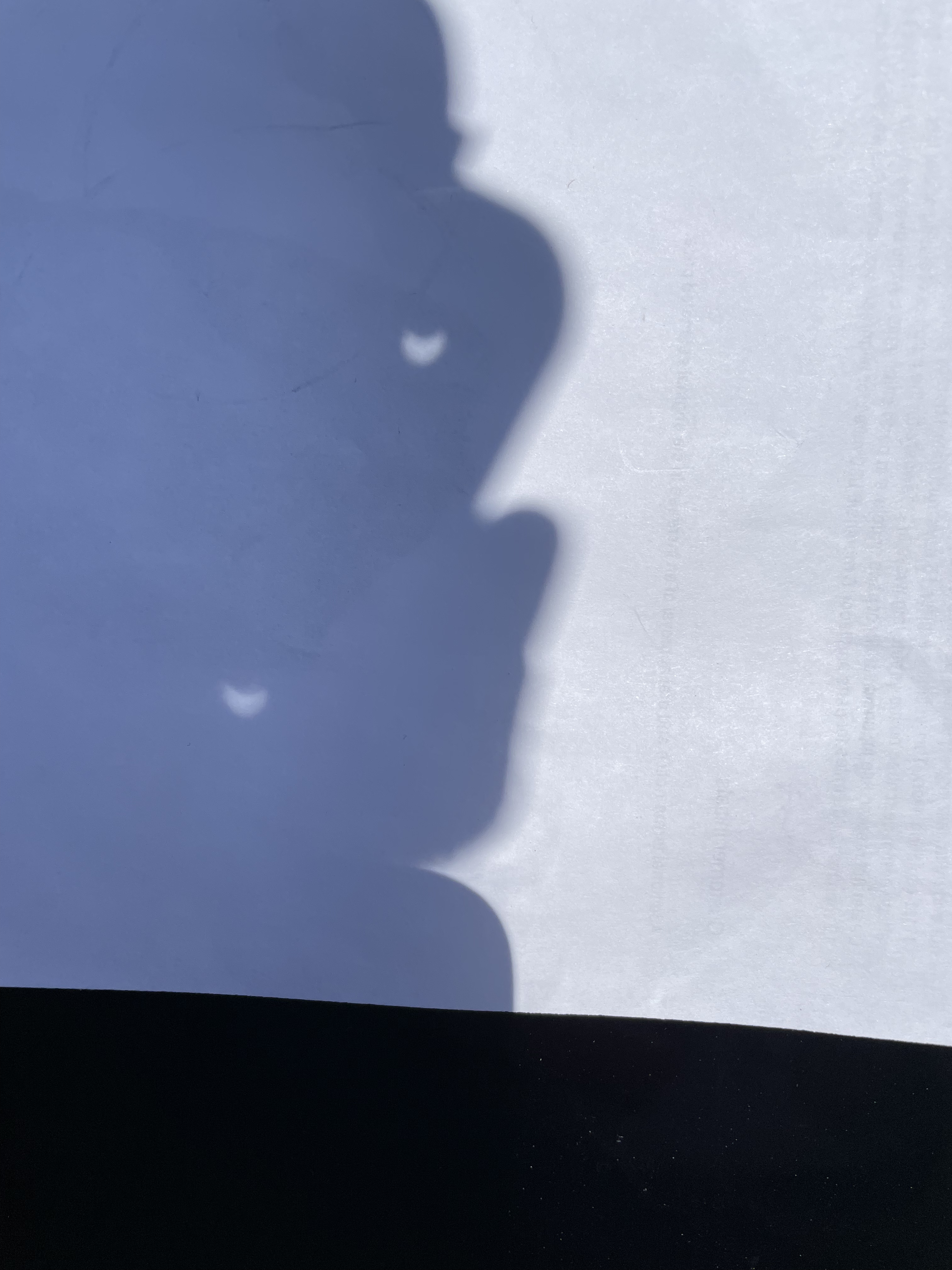
The pièce de résistance of our optical experiments is the use of binoculars as a focusing lens. By projecting the sun’s image onto a screen, we can safely observe the eclipse in stunning detail. The binoculars’ focusing mechanism allows us to adjust the image’s sharpness, and with a bit of tinkering, we even spot a sunspot!

This delightful adventure in optics and physics allows us to safely observe a solar eclipse with a hands-on demonstration of the principles that govern the behavior of light. From the simple pinhole camera to the more complex optical system, each experiment offers a unique perspective on the fascinating phenomena of optics. And who knows, you might even get to use a pair of eclipse glasses when a curious passerby stops to ask about your setup!
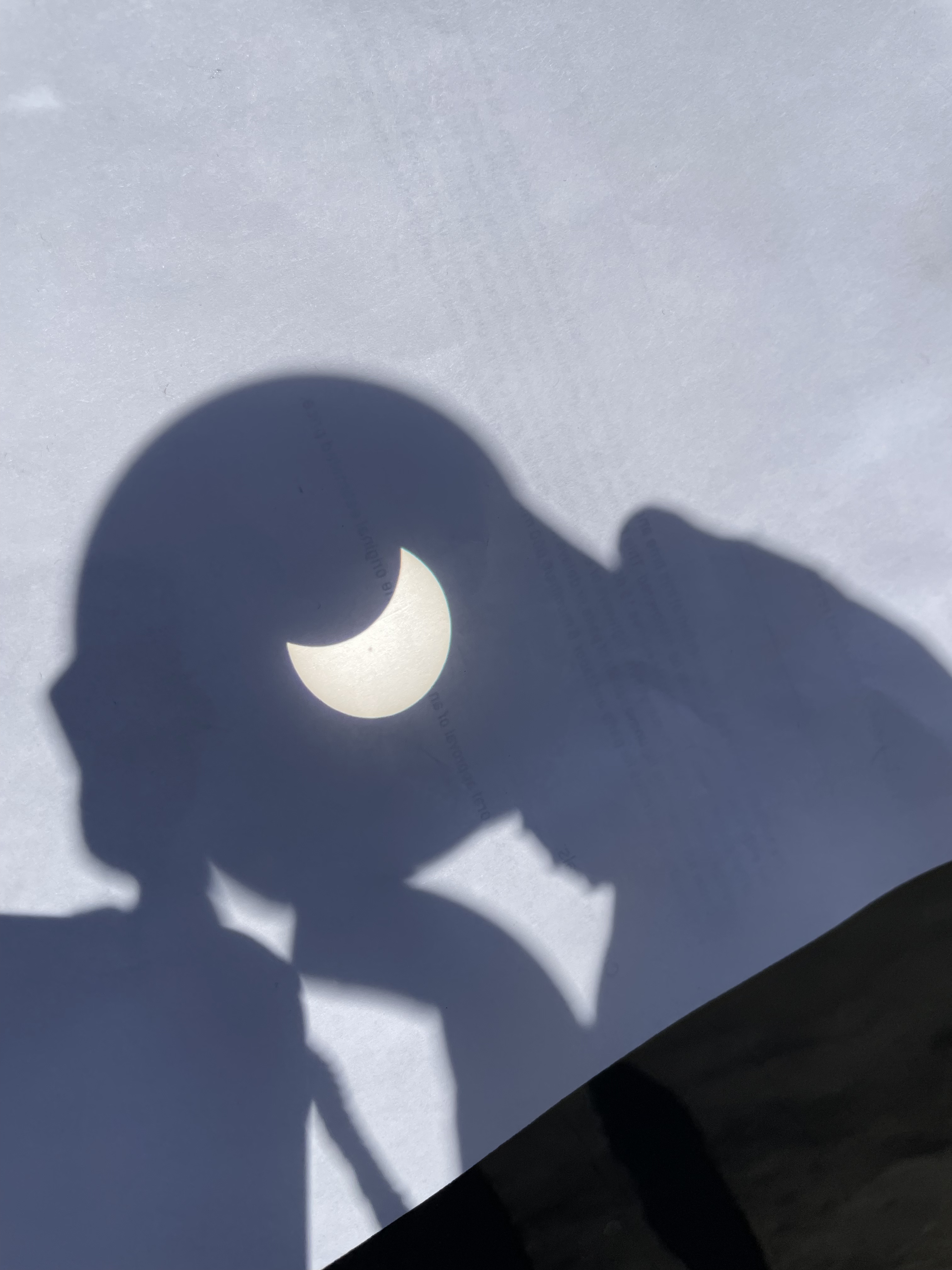
So, the next time you find yourself without your eclipse goggles, fear not. With a bit of ingenuity and a dash of scientific curiosity, you can create your own eclipse viewing setup. Science enables us to understand the world, to create, innovate, and explore.

